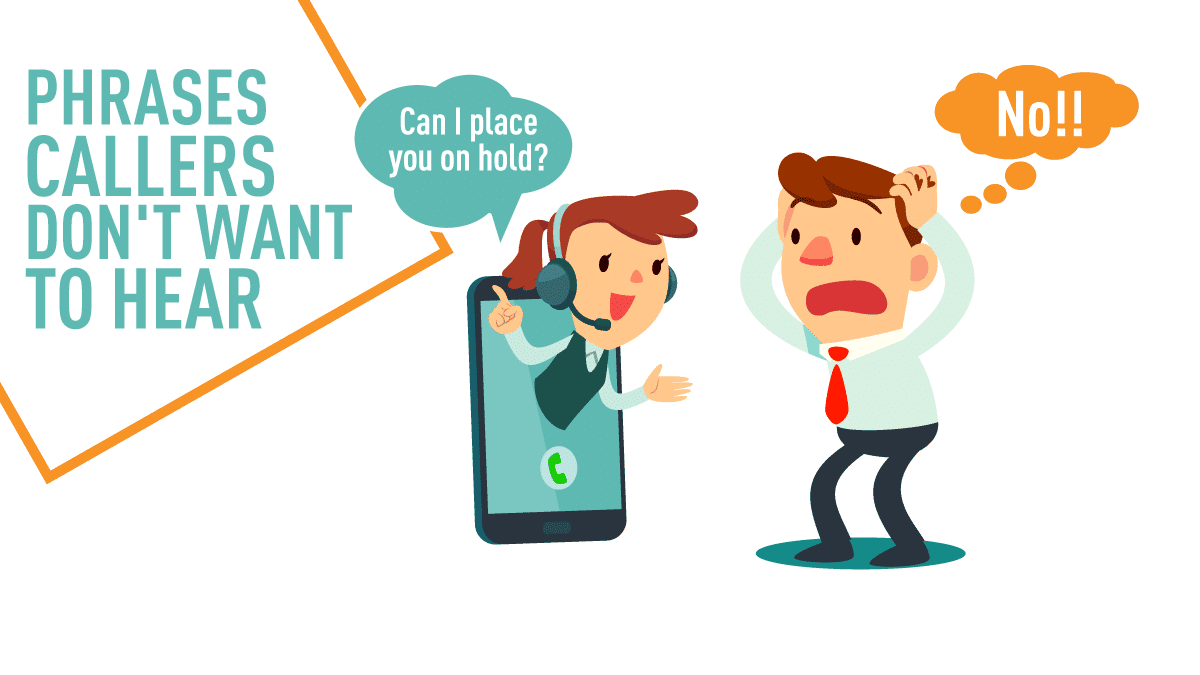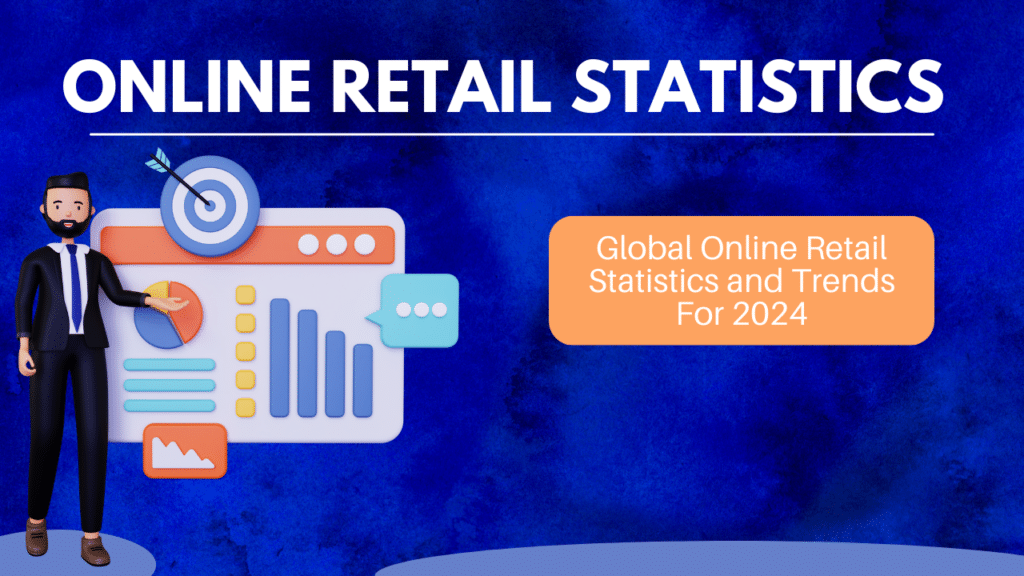I’ll come right out and say it.
You are more likely to lose customers if the digital channels you’re using are not seamlessly synced to the physical ones.
I know that sounds so obvious –but you’d be surprised to see the number of companies who are still struggling to intertwine their digital and physical channels.
In case you haven’t noticed yet, I’m talking about having an omnichannel customer service strategy. Yes, that approach that allows customers to reach your company wherever and whenever they want.
You probably have bumped into the word, omnichannel, because it is one of the buzzwords in the world of marketing, although it’s still being confused or used interchangeably with multichannel.
Having done that myself, at some point, I understand that there is a thin blurry line separating omnichannel and multichannel customer service in retail. In fact, some marketers have perfected the multichannel approach, but they are convinced that they are offering an omnichannel strategy.
Anyway, I won’t keep you waiting with a cliffhanger: if you’re interested in learning about omnichannel customer service in eCommerce businesses, keep reading.
What is Omnichannel Customer Service?
Omnichannel customer service consists of numerous interactions across multiple touchpoints between a customer, or prospective customer, and product or service provider.

Today’s tech-savvy customers are more demanding, they expect seamless interactions, regardless of the various channels or devices they choose to use. This is the reason why omnichannel customer service has to be shopper-based rather than being channel-based. It always has to be about giving customers a positive shopping experience.
The goal of omnichannel customer service is:
- To be everywhere your target audience is.
- To capture as much customer data as possible and merge it into one central location.
Doing so will allow your business to:
- Create a cohesive, seamless, personalized buying experience that makes interactions consistent, easy, and fun.
- Better align your efforts to deliver the best customer service by giving your customers multiple ways to interact with your brand while seamlessly integrating them as one unified customer experience.
Basically, the idea here is to make the customer experience as easy as possible, and that means consistent engagement no matter where or how a customer is interacting with you.
For a number of years now, the concept of omnichannel customer service has been overlooked or undervalued. But it’s more than communicating with customers on every channel.
True omnichannel customer service means collecting and harnessing data obtained from every interaction across channels to drive stronger, more meaningful customer relationships, increase revenue streams, and improve operational performance. This is why the Sales & Orders’ Marketing Manager, Anthony Capetola, says:
Nothing is more important than taking a data-driven approach to omnichannel marketing. Data can be used at any stage (i.e. planning, execution, analysis) and is paramount in determining the true value of each channel. Data tells you where your focus should lie and when to consider cutting back on a particular channel in favor of another that may be performing at a far more profitable return.
Jeff Sauer, the founder of Data-Driven U, believes that your business may still fail even if you use omnichannel:
Being in all channels may work well for your business, but only if you can measure results. Be sure to make sure that analytics is a major part of your omnichannel plans! That’s the only way you’ll be able to find the 80/20 of what is working with your marketing.
Omnichannel vs. Multichannel Customer Service
As I mentioned earlier, omnichannel and multichannel are two terms that are often used interchangeably – but they are not the same. A thin blurry line separates them.
But the best way of distinguishing the two is to think of omnichannel as the use of “all” channels and multichannel as the use of “many” channels for customer experience.

With multichannel, each platform has its own individual strategy, targeting and messaging goals, response team, user experience expectations, and protocol.

But stats show customers are not into this approach as:
- 90% of customers expect a consistent brand experience across all channels and devices used to interact with brands.
- 89% of customers get frustrated if they are asked to repeat their issues to multiple agents.
- 61% of customers admit to having difficulty switching from one brand’s channel to another, making the buying process harder.
- 87% of shoppers believe brands need to put more effort into providing a seamless experience.
What makes omnichannel customer service better than the multichannel one is that all of its channels are integrated and can create a seamless experience that often leaves shoppers satisfied and happy.
E-commerce Omnichannel Customer Service
Nowadays customers do their shopping across multiple channels and devices. In fact, 80% of consumers first browse online before visiting physical stores. It’s important to make sure that all of your channels are interconnected to provide a seamless experience and connected purchase journey.
In this regard, the Marketing Manager of Nextiva, Jeremy Boudinet, has this to say:
More and more companies are focusing on improving user experience through omnichannel marketing. This style of marketing creates many customer touchpoints that lead a consumer closer to buying no matter what device they’re using or what store they’re in. In a world where every customer has access to so many devices and wants service now, omnichannel is the way to go.
In other words, every touchpoint in the customer lifecycle – websites, social media, live chats, follow-up emails, phone calls, and in-person assistance on the sales floor – should be centered around the customer in a way that ensures that customers can easily and seamlessly navigate between each touchpoint to make a single purchase.
Any sale or interaction that customers can make from a desktop to a tablet or mobile device should always follow them. Customers do not have to repeat themselves, their online interactions with your brand should always follow them to your physical store.
Not so long ago, customer service models were centered around three channels – phone, store, and fax (remember fax machines?).
But things are different now. Online self-service tools like live chat, social networks, and even SMS pushed to smartphones and wearables have now been added to enhance the customer experience.
In one of the researches we conducted, we found that businesses that have adopted the omnichannel strategy retain 89% of their customers. It’s common knowledge that retaining a high percentage of the clients reduces means less expenditure and it is integral to building a thriving enterprise.
Check out these interesting eCommerce omnichannel customer service stats:

Benefits of Omnichannel Customer Service
1. Gain greater customer insights
Omnichannel such as chat, social media, forums, and even webinars, leave a recorded written customer trace.
Depending on what you do with this data, accumulating customer information in its context can give you a wider scope into how your clients interact with your brand and their different needs across the various channels.
Such information can allow you to tweak and improve your customer service to better cater to your clients.
2. Maximize Productivity of the Customer Service team
An agent can only attend to one customer at a time when on the phone. While other channels can serve anywhere from a couple of customers (chat) to hundreds and even thousands at a time (webinars and videos).
This frees agents’ time so they can focus on handling more complex issues and bring real added value to the call center.
3. Reduces Churn Rate
90% of customers expect a consistent brand experience across all channels, and this simply means that they don’t want to repeat themselves.
In fact, 89% of them get frustrated and end up churning when asked to repeat their issues to multiple representatives.
But when using an omnichannel customer service approach, there’s no need for customers to repeat themselves because all channels are intertwined.
With omnichannel customer service, information silos are broken down and there is a flow of data between all channels, and this results in a seamless, frictionless customer experience.
4. Decreases operational costs
Using an omnichannel customer service strategy immediately reduces operating costs.
This is because it allows some customer interactions to be handled by chatbots, without the help of a (paid) human customer service representative.
Incoming calls can be filtered properly so that simple requests can be dealt with via automation and more complex requests are diverted accordingly to a skilled/available agent.
As a result, companies need to employ fewer skilled CSAs for fewer hours, as CSAs will be able to focus on clearing the cue of skilled requests faster when supported by chatbots.
5. Reduces customer wait times
Nothing says disrespect quite like someone else waiting for long. If you keep your customers waiting 36% will shame you publicly, and 1 in 3 will switch to a competitor.

Customers associate shorter wait times in service interactions with great customer experience. In fact, customers’ largest frustration when contacting customer service is being kept waiting for a long time before being assisted.
Though most customers do have different expectations for different communication channels (resolution within 30 minutes of calling in vs. a day of sending an email or social media message), they want, overall, to feel that a business values their time.
Considering the importance of convenience to customers’ purchasing decisions, levels of satisfaction, retention, and recommendation practices, response time is a key factor for creating a consistently positive purchasing experience.
The faster you provide effective, consistent solutions, the more satisfied customers will feel.
Conclusion: Omnichannel Strategy is the future of customer service
Omnichannel customer service has proved to be an essential part of eCommerce businesses. In most cases, the omnichannel strategy makes it easy for customers to do business with you because it creates the best possible shopping experience for your customers.
But no matter how many channels you use in your customer service strategy, you are not going to succeed if you don’t invest in building a strong customer service team. The truth is, customer service is ultimately about dealing with people — and this means you will require an excellent team of agents to assist your customer.
Can you help us out?
If you enjoyed this post, please share the twitter thread…
5 Benefits of Omnichannel Customer Service:
— Invesp (@invesp) June 18, 2020
And if you’d like to stay up to date with our user activation campaign and stories like this one, then please join our email list.
If you did not get an account on FigPii yet, please go ahead and check it out!



